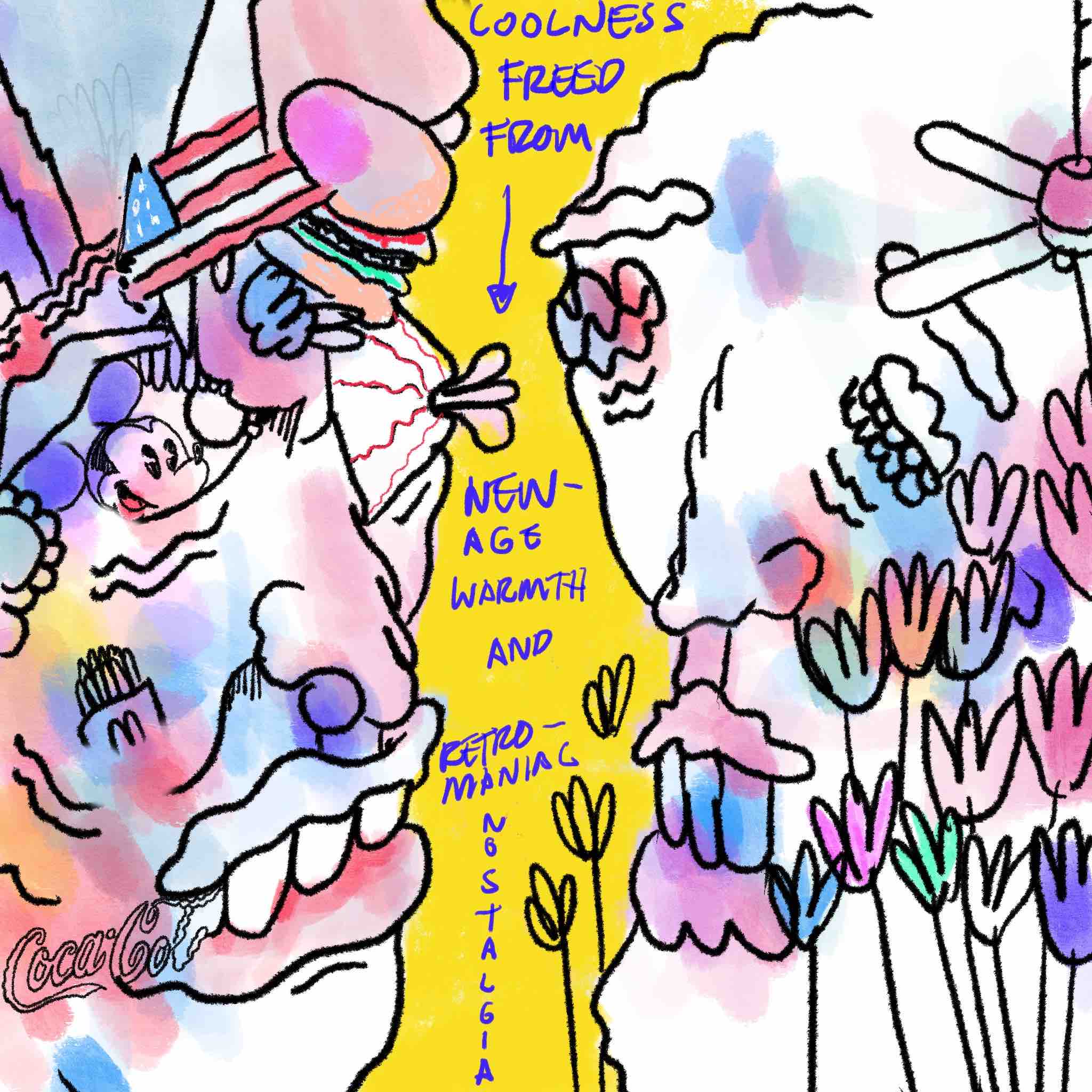
Dance Away Your Origin: Nídia
There has always been a compulsive instinct to locate music geographically. But didn't it stand for a world without borders? The new album of the club music producer Nídia could decolonize music with hyperactive, hybrid and bass-heavy sounds.
Popular music stands for a world without borders, yet people still try to assign it a national identity. This occurs especially with music phenomena whose cultural origins lie outside the fortress Europe. This generally leads to a mindset which does not embrace the alien, but keeps it at a distance – and bans it in a parallel society.
The music producer Nídia grew up in such a society. Vale de Amoreira is a socially deprived suburb of Lisbon. It is a stronghold of Kuduro and Batida, the electronic music styles that diffused from the former colonies such as Angola into the post-migrant communities of Portugal, and represent the central soundtrack of the streets until today. From the hip music magazines to the established feuilletons, writers will not be tired of emphasizing Nídia's roots (Cape Verde and Guinea-Bissau) as if this were still worth mentioning in 2017, and as if there were not enough people who associate the identitary with origin and not with the place or residence.
Sonic Delinking
On the other hand, one could come to the conclusion that Nídia's music would probably not have been heard without the romanticization of post-migrant ghetto life. This would have been a disaster. Her new album Nídia é Má, Nídia é Fudida, published by the Lisbon label Príncipe Discos, is one of the most exciting new takes on contemporary club music beyond the straight techno bass drum. But before this text falls into the trap it tries to circumvent, such as putting the music into categories of origin, let’s examine the idea of «Sonic Delinking». The concept, coined by the German musicologist Johannes Ismaiel-Wendt, is an attempt to decolonize listening, as music is nowadays always hybrid anyway.
Nídia's music is not only an attempt at this, but is also radically synthetic. Not only is it free from anthropomorphic inadequacies, but also from localizations: whether it is trashy fanfares, a throbbing bass and a hinted 6/8-beat in the intro track, in which a female singing voice repeats the words «muhler profissional». Whether it is the rhythmically confusing track «Puro Tarraxo» with its overdriven vocal samples, or the ghostly piece «Sinistro»: Instead of well-formulated songs, the music is drawing from Kuduro, Footwork and Dub and is based on fragile rhythmic structures, which simultaneously challenge the head and the legs as the heavy use of echo and reverb evoke a sense of disorientation.
Affirmation to the Digital
In addition to these clever intricacies, the music does not conceal that the 20-year-old, who learned her craft with YouTube videos, is composing in a home studio with a laptop as a switching center. It is an affirmation to the digital: coolness freed from new-age warmth and retromaniac nostalgia, a friendly middle finger in the direction of the materialistic analogue renaissance.
The destruction of the authentic is carried out on a sound as well as a structural level. Almost each of the 14 tracks last about two and a half minutes only – and they are above all: direct. By the way, the album title is translated as «Nídia is bad, Nídia is fucked» – a beautiful bluntness, which is supposedly closer to the street than the apparently middle-class clubs of this world, in which Nídia is djing regularly. But this is not a contradiction. It is an invitation to unite everybody on the dance floor - in a space beyond geographic or cultural representation.
This text was first published in the german newspaper «Taz - Die Tageszeitung». You can read it here.
Biography
Published on September 19, 2017
Last updated on April 10, 2024
Topics
A form of attachement beyond categories like home or nation but to people, feelings, or sounds across the globe.
From Beyoncés colonial stagings in mainstream pop to the ethical problems of Western people «documenting» non-Western cultures.
Why Asia is not a continent and how the aesthetics of the NON Worldwide collective create new utopian notions of multi-centred origins.
Snap










